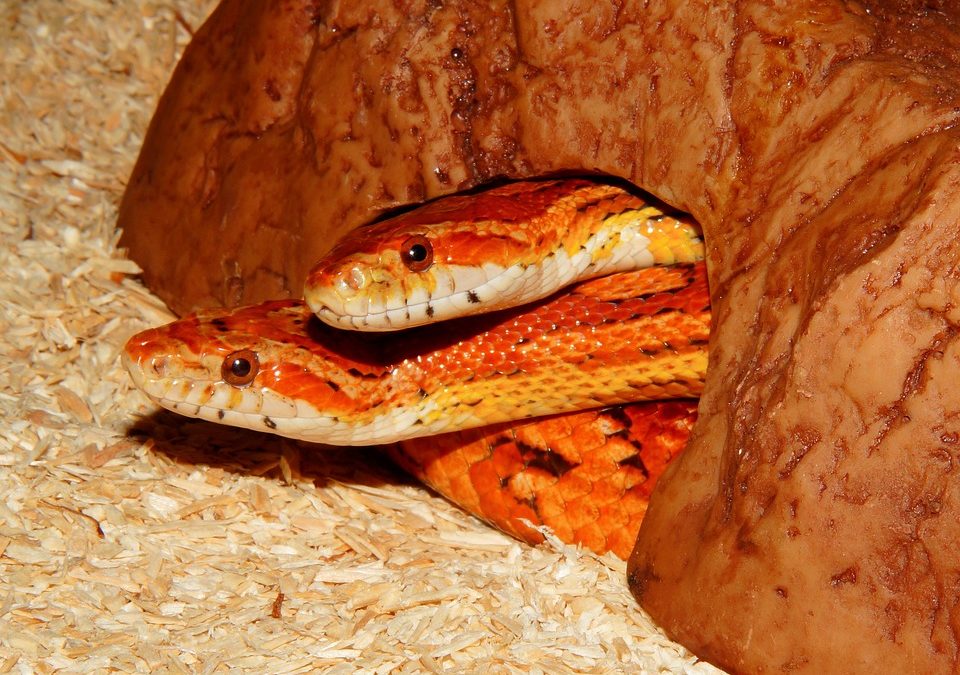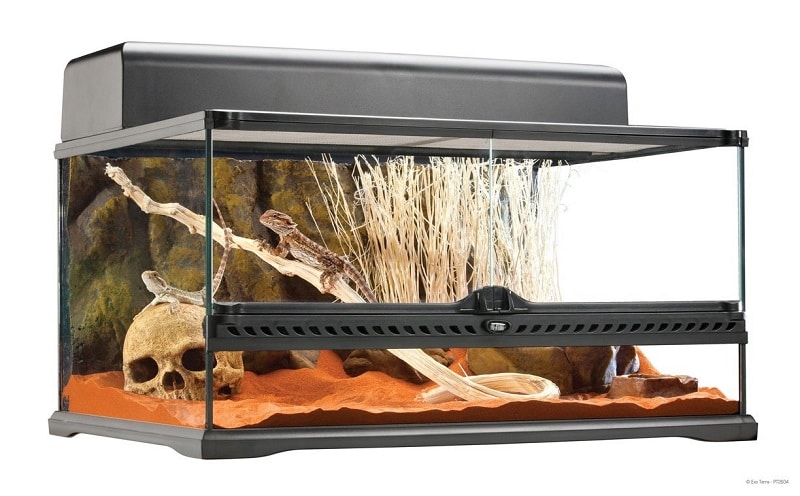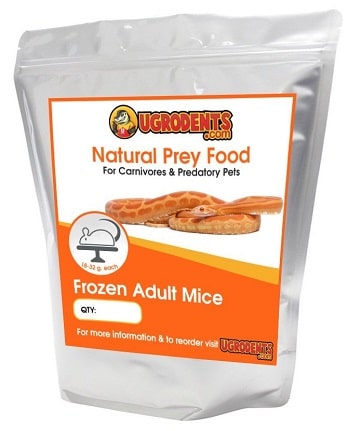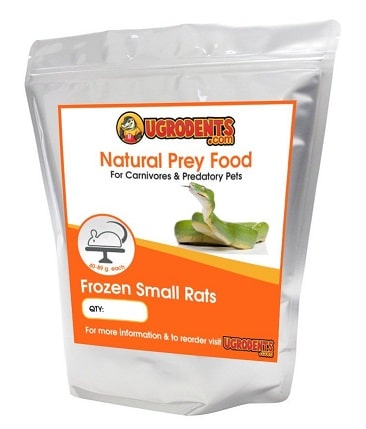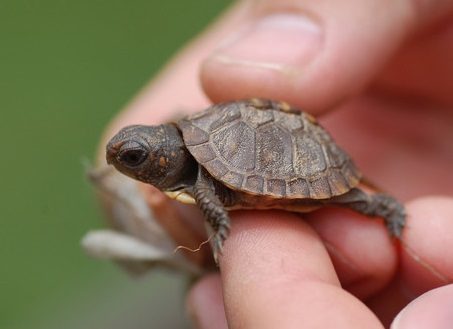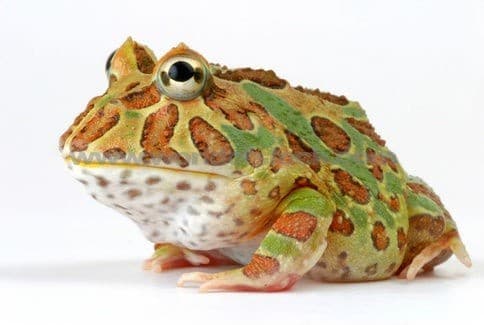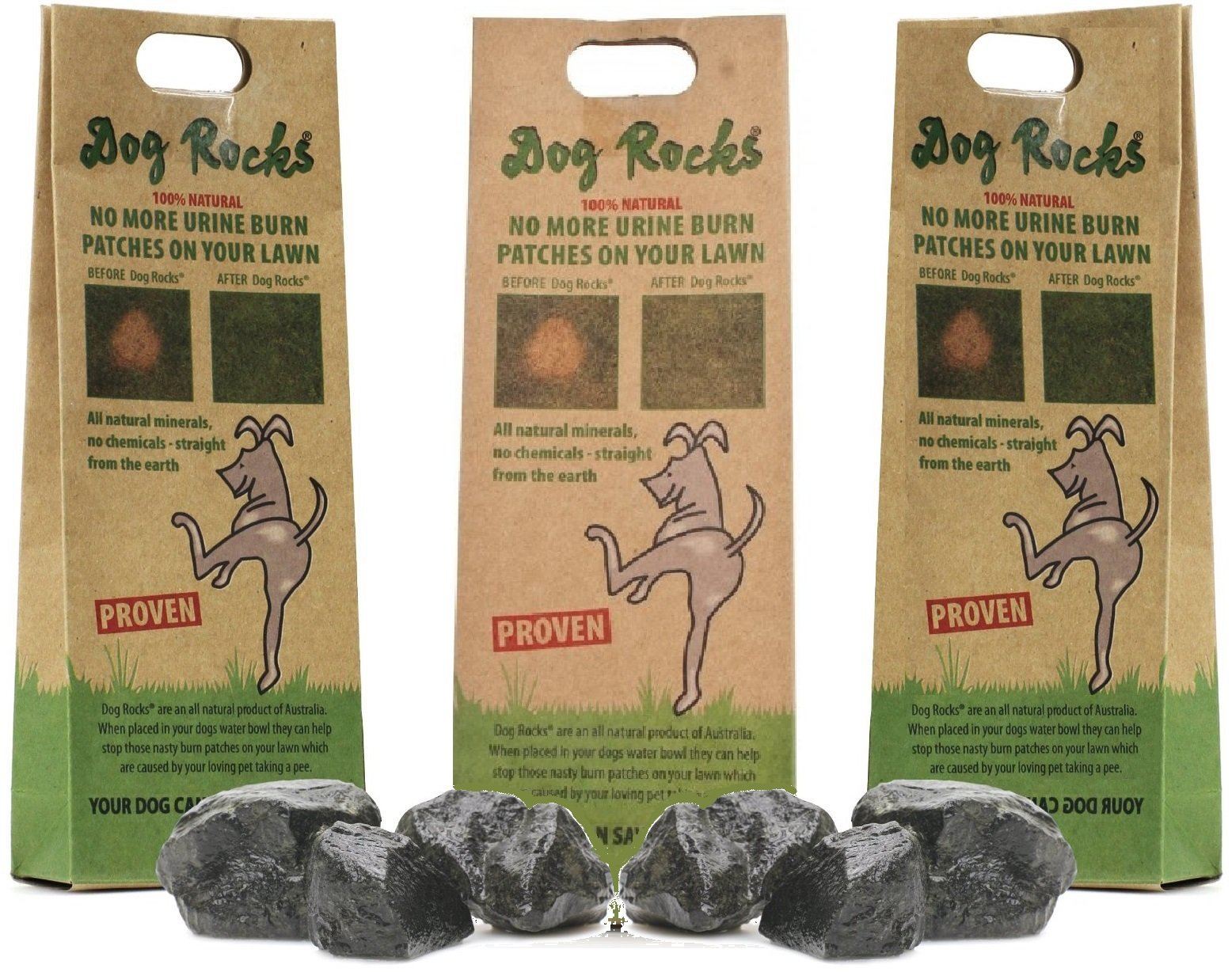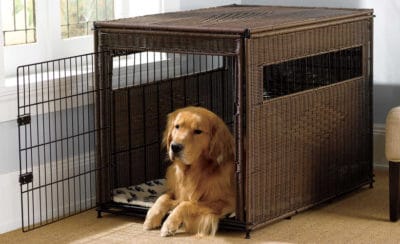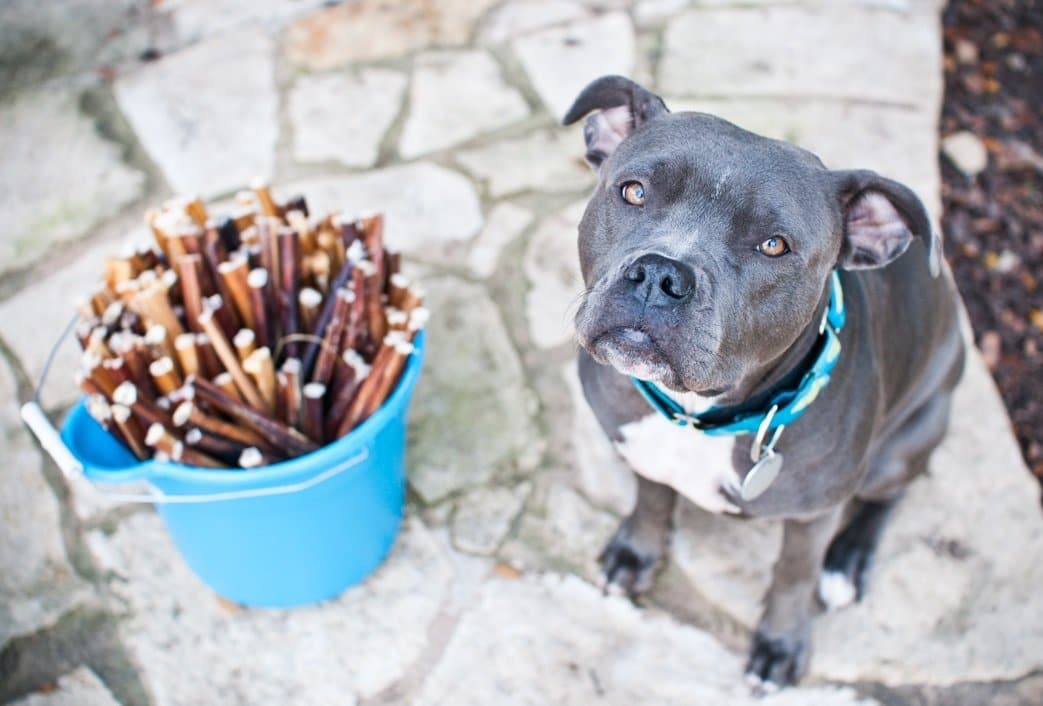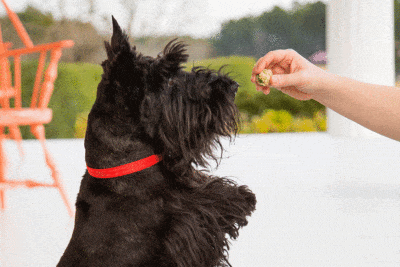Out of all of the animals in the world, there is one species in particular that carries a reputation around of being a slithery and clever menace. We at Pet Territory believe it to be an unfair label, and want to do our part to help educate potential owners of pet snakes about how fascinating these animals are.
With the proper care, and under the supervision of the right owner, snakes can live long and healthy lives.If you’ve decided that a pet snake is a great fit for you, then your first step will be to ask, “what kind of snake should I get” and then start to research how to take care of a snake.
In this short snake care guide, we are going to go over the best pet snakes- more specifically the best beginner snakes- and some tips on how to care for them.

After you’ve reviewed the basics, you can take a look at the pages that are specific to the breeds of snakes that we most highly recommend to you.
Snakes for Beginners
There are three (well, technically four) breeds that we suggest you research as some of the best pet snakes:

Ball Pythons
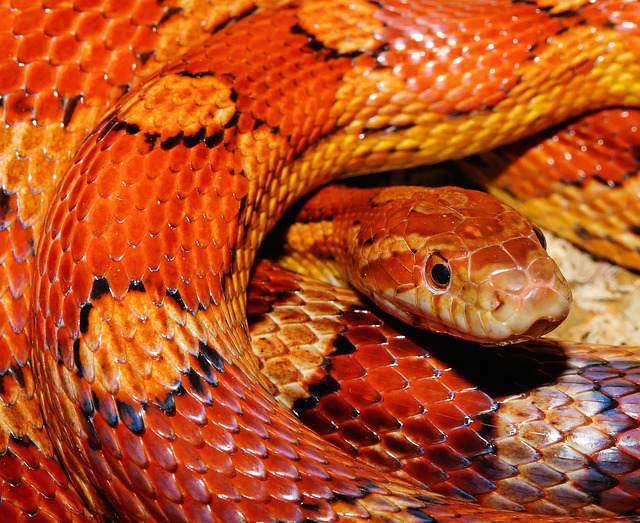
Corn Snakes

Milk/Kingsnakes
We’ve made some detailed pages on these three breeds of snakes, and have grouped the last two together as they are closely related and the care is essentially identical.
But before we get to the nitty gritty details, we will take a closer look at why snakes are good pets, and how to take care of a snake properly.
Are Pet Snakes the Best Choice for Me?
It’s important to ask this question before deciding to dive into snake care. Pet snakes are complicated and require a lot of attention. One of the most important things to do is to research common pet snakes, and make sure the type of snake you’re looking at getting will fit your lifestyle.
Size
One common thing that is asked by potential owners is how to find small pet snakes. In regard to size, it’s important to be wary that any snake being sold to you advertised as full grown might not be.
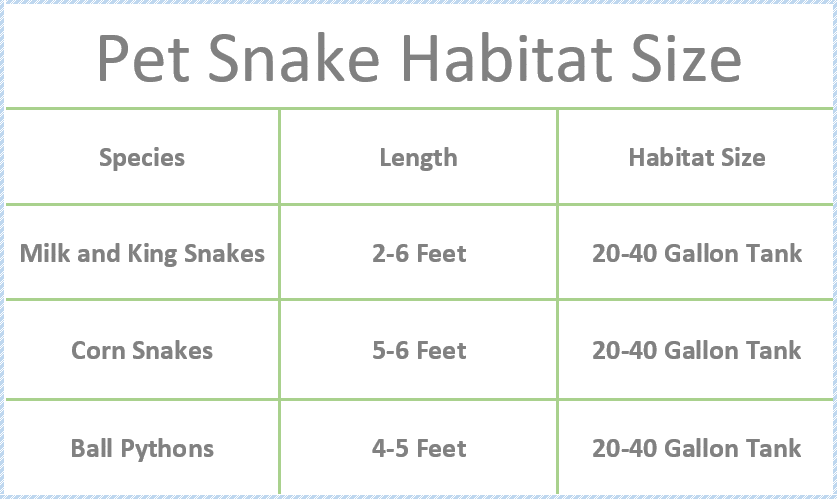
All 3 breeds that are considered good beginner snakes can get up to 5 feet in length. Though they do spend most of their time coiled up, this can still be a lot to handle. Corn snakes are smaller in girth and not as strong as some other snakes, so they are considered a smaller breed.
When looking at purchasing a tank, it’s important to estimate the final size of your snake. If you buy a small terrarium, you’ll end up having to re-purchase and upgrade as the snake grows.
Snake Facts
Habitat and Snake Enclosures
Having a proper snake enclosure for your pet snake is one of the most crucial pieces of keeping pet snakes. As mentioned before, getting a habitat that fits your snake’s size is crucial. Snakes can live for a long time in captivity, and will grow quite a bit in their young years.
If you start out small, be prepared to upgrade further down the road. It might be best to purchase the proper size snake enclosure for a full grown adult, even if you are starting out with a baby. That way you already know you’ll have room for the snake once it is full size.
Apart from size there are a few other important features of a pet snakes habitat that is important for all breeds. One is security.
Security
Some snakes, especially ball pythons, are known to be escape artists, and they will figure out a way to get out of any snake enclosure unless proper enclosed. In order to prevent mishaps, find a habitat with a closure system designed specifically for snakes.
Double and triple check to make sure that you latch it properly every time you leave your snake unattended.A good way to get in the habit is to make secure the snakes habitat every time you take the snake in or out of it’s cage. Muscle memory will have you reaching for it no time.
Substrate
Snakes need a sort of bedding to help them clean, paper towels and some kinds of wood shavings will work, as long as they are aspen. A material like AstroTurf is also recommended because it’s easy to clean and take out of the cage.
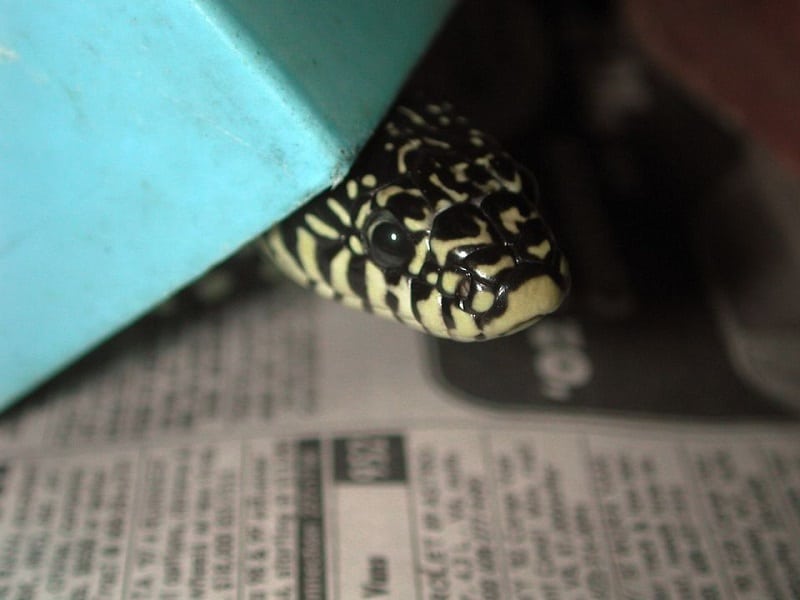
Shelters
Snakes will like to move around their cage, and have multiple spots to hide. Try to place branches, or shelters of sorts around the cage so they have places to live. Small pet snakes need hidey holes just as much as big ones.
Climate Control
Snakes require a proper amount of climate control involving both temperature and humidity. This temperature range changes based on time of day, and what kind of snake it is.
There are heat lamps that work relatively well for this. Some tank heaters are made to go underneath the tank to provide even heat. Having a small amount of contained water within the tank will also help create the humidity necessary.
What Do Pet Snakes Eat?
Snake food is going to vary based on how to take care of a snake of a particular breed. Stay on a routine and make sure you are monitoring what your snake is eating. This is another reason why it’s so important to keep their cage properly sealed, if they escape within your house or outside they could end up “sinking their teeth” into something that doesn’t do well in their digestive track.
A lot people that as what do pet snakes eat, are curious if owning a snake means that you’ll need to feed it live bait. Live bait like mice or rats we highly suggest avoiding, because they can cause harm to your snake by biting, scratching, or causing disease/infection by inflicting wounds.
Snake food also requires a lot of care by you, to raise the bait and take care of it separately. Frozen bait that is thawed for feeding time is much more highly recommended.
Snake Facts
Handling and Interaction
One thing that is true about snakes is that they aren’t likely to seek affection from you in any manner. They may enjoy your presence to a degree, but we are assuming that you aren’t looking at getting a snake because you want something warm to snuggle.
That being said, snakes will adapt to your presence as long as you show them the proper amount of respect and handle them appropriately.
Our first suggestion is that you do not handle your snakes after feeding them for at least 24 hours. Snakes need time to digest, and overhandling them during this time could disrupt the process and make them more irritable.
Our second suggestion is to make sure to interact with them daily. A two-minute spot check of their habitat, replacing water, adding substrate, etc. can be a great way to work it into your routine. This gives you a chance to check on your snake, and make sure they are behaving and looking normal.
This practice also gives the snake more opportunity to get used to you poking around their habitat, so that when you do handle them, or take them out to do a full tank cleaning, they won’t be too shocked or disrupted.
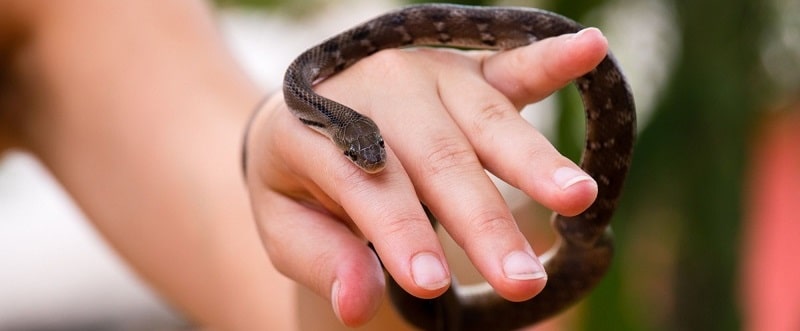
WARNING: Pet Snakes are not Made for Pranks
It might seem like a funny thing to take your snake out to show friends that might not be keen on it, but this could cause accidents and is more likely to harm your snake than anyone else. If someone is visibly nervous about your snake, it’s best to make sure they are not near when you are handling them.
Even small pet snakes might cause them a large amount of fear, and if there are any sudden movements, someone is going to get hurt. Don’t put your snake or anybody else at risk for a few laughs.
If someone is afraid, instead just let them view the snake from a distance, or through the glass, while you educate them about snake behavior, and why YOU enjoy them as a pet.
Snake Facts
FAQ About Pet Snakes and Snake Care
Click through the following Frequently Asked Questions about Pet Snakes to learn more about snakes and why they make great pets.
Are snakes good pets?
How much are snakes?
You can get a snake such as a ball python for as little as $50, HOWEVER, we must remind you that proper care is going to cost a lot more than that. Investing in the proper equipment, food, heat, and veterinary care can cost upwards of $800 within the first year of ownership.
Just like other four-legged pets, learning how to care for a snake is more than just the initial purchase. How much is a snake? Is a much harder question to answer than it may initially seem.
What breeds are the best as pets?
What is the easiest snake to take care of?
Should I take my snake to the vet?
How often do snakes eat?
Snakes eating patterns are going to differ by breed, age, gender, and many other smaller factors such as comfort level. When you first bring your pet snake home, it will likely not eat right away. As it settles in, feeding will need to occur more frequently.
Young and small pet snakes eat two times a week, and as they become adults this will usually lessen to once a week (just a larger serving!).

